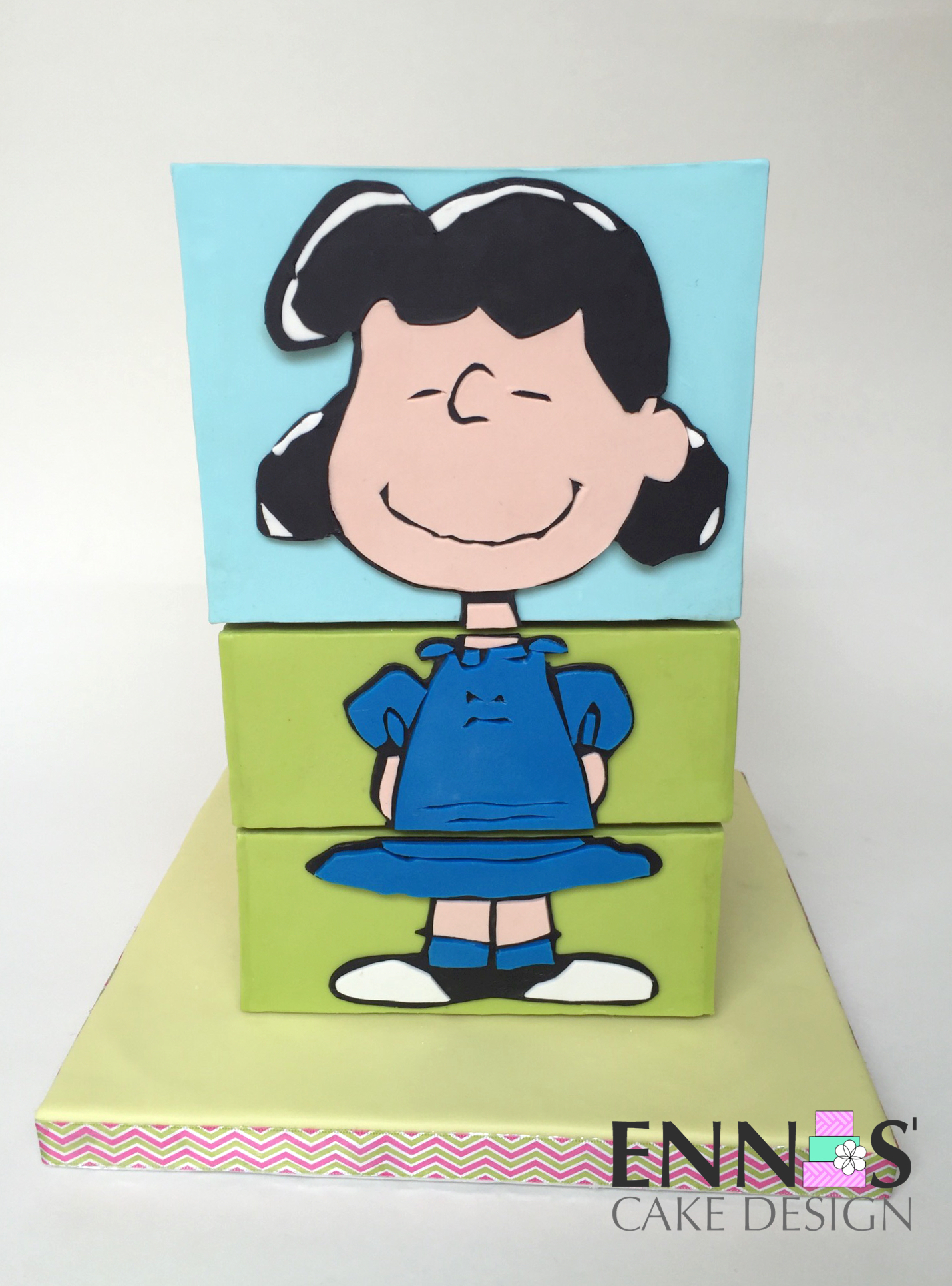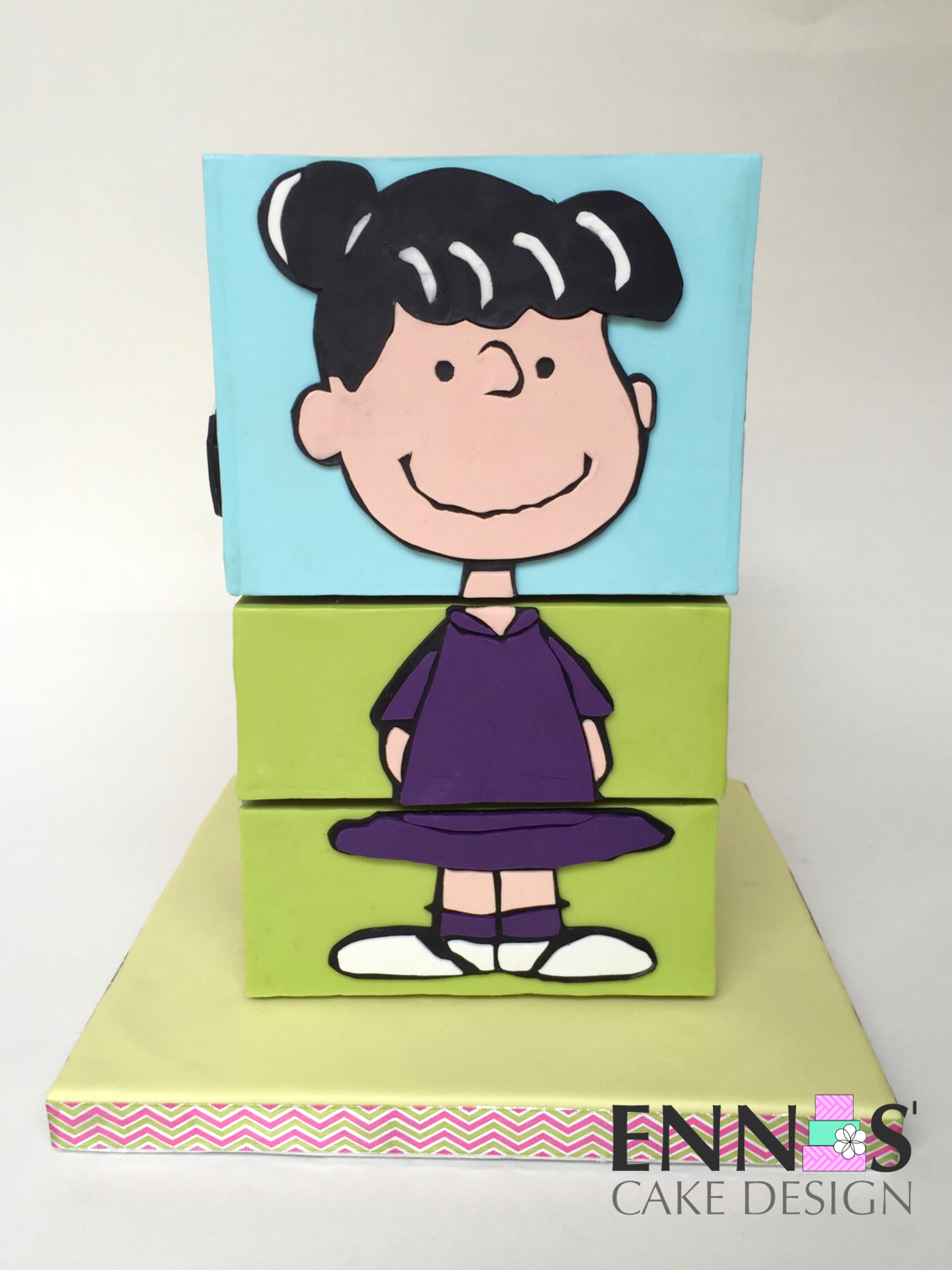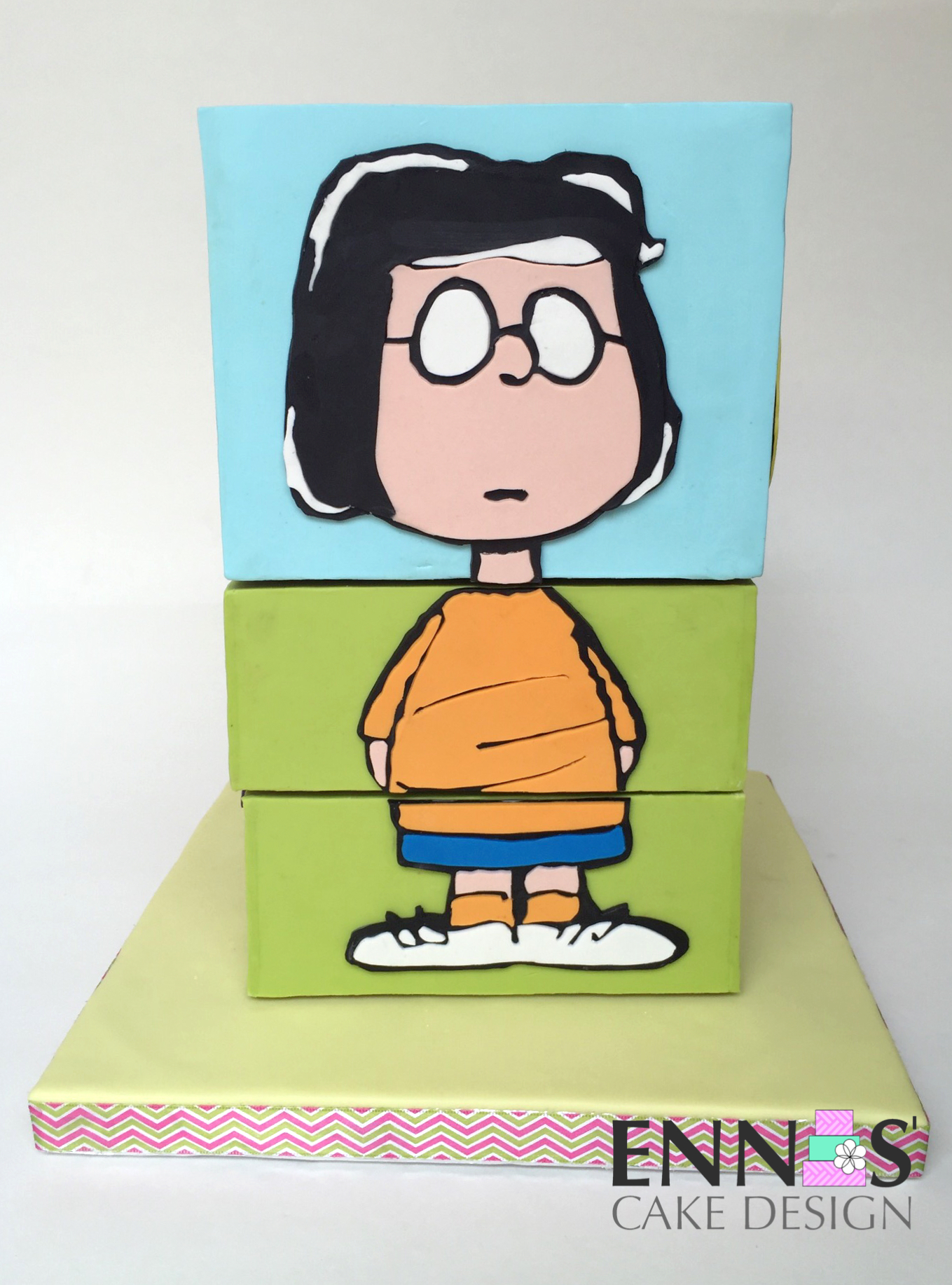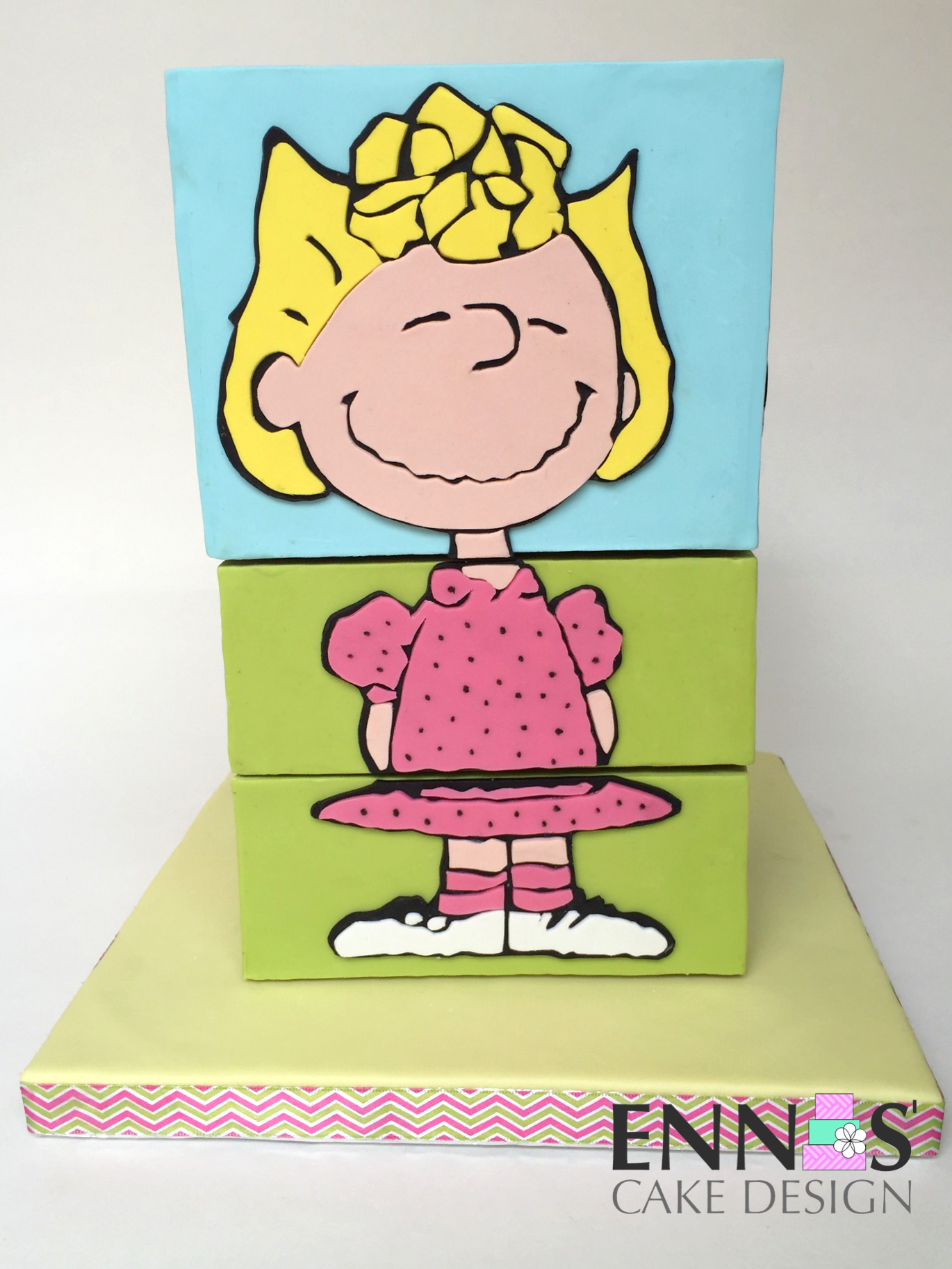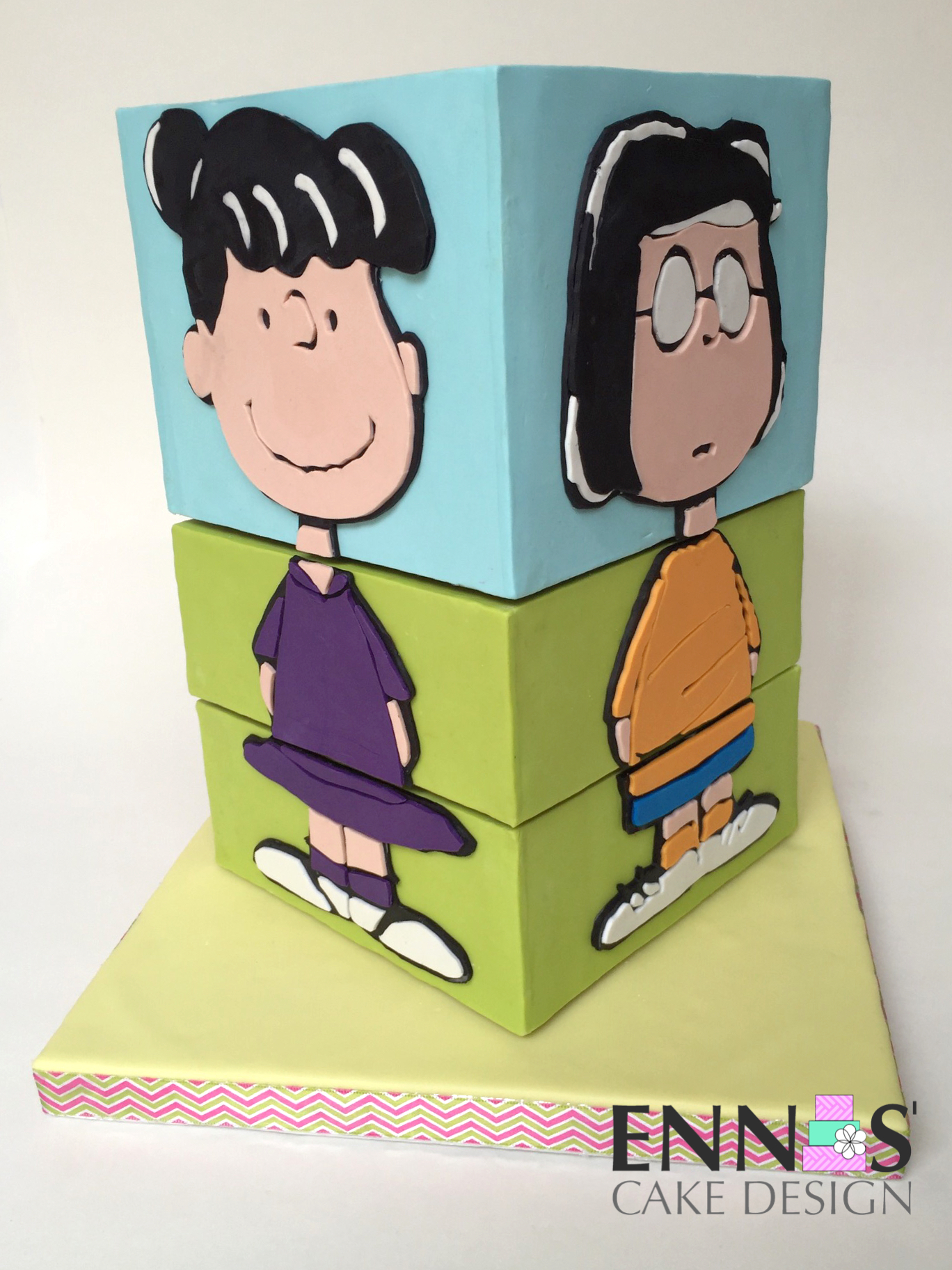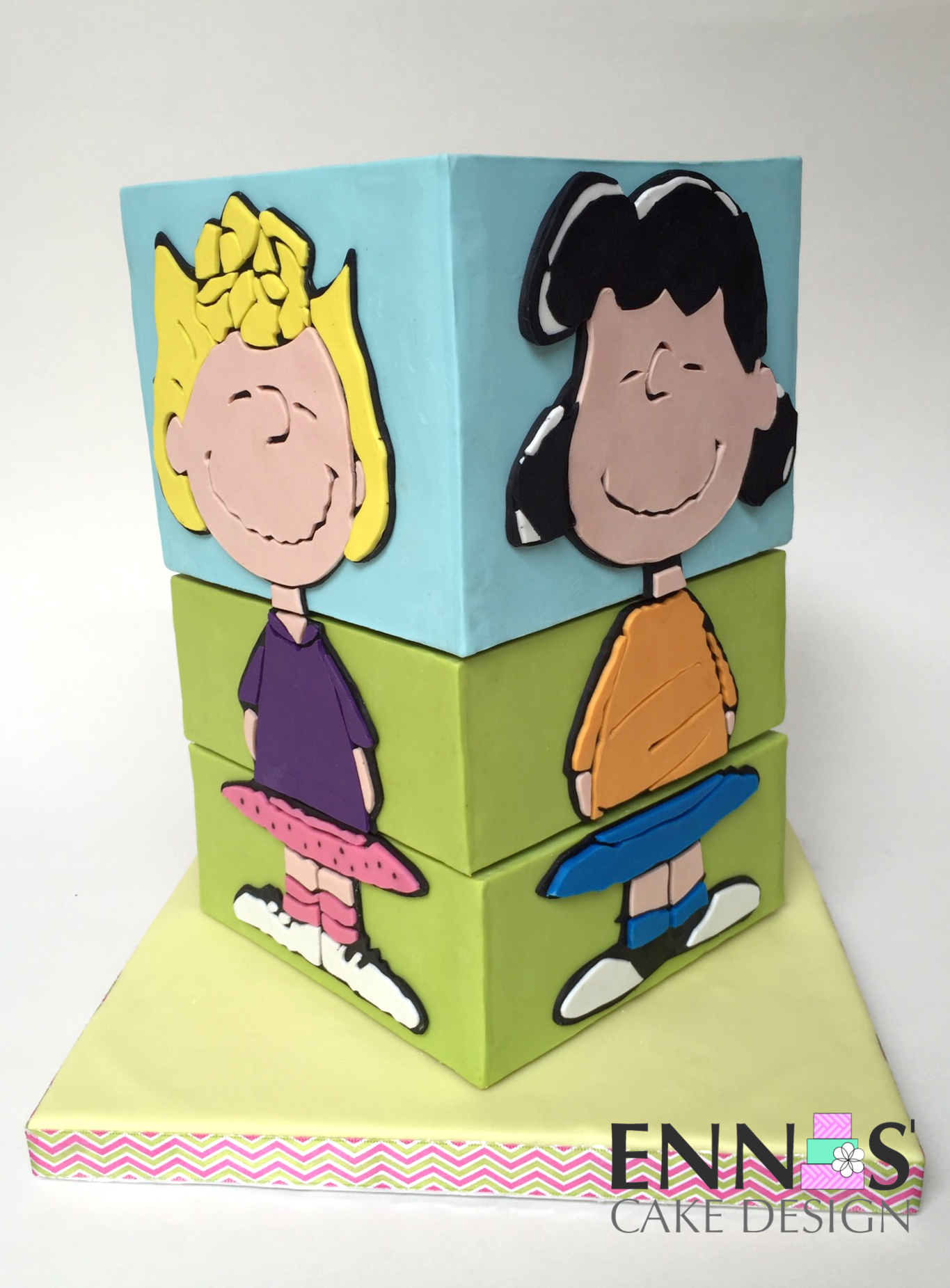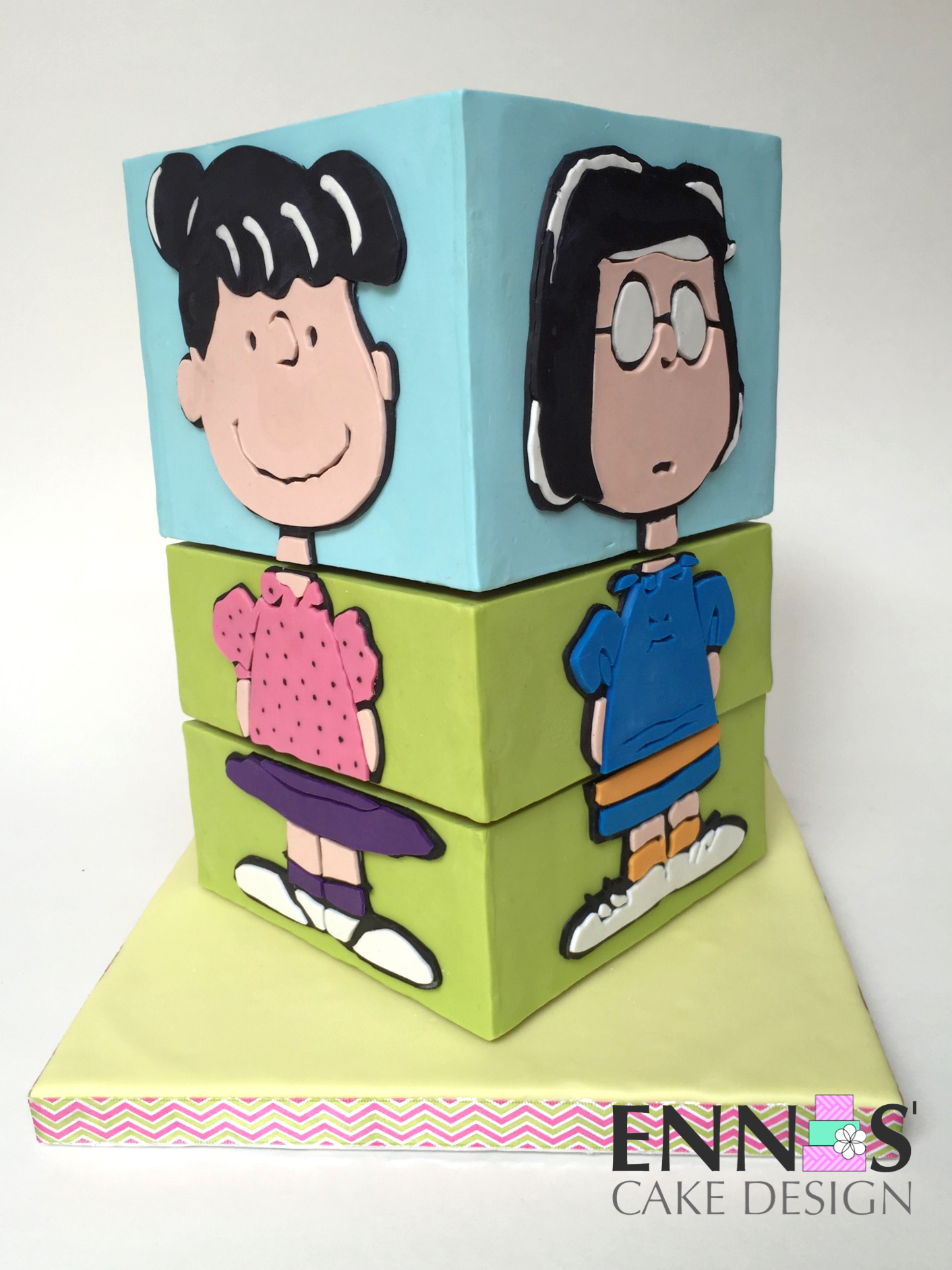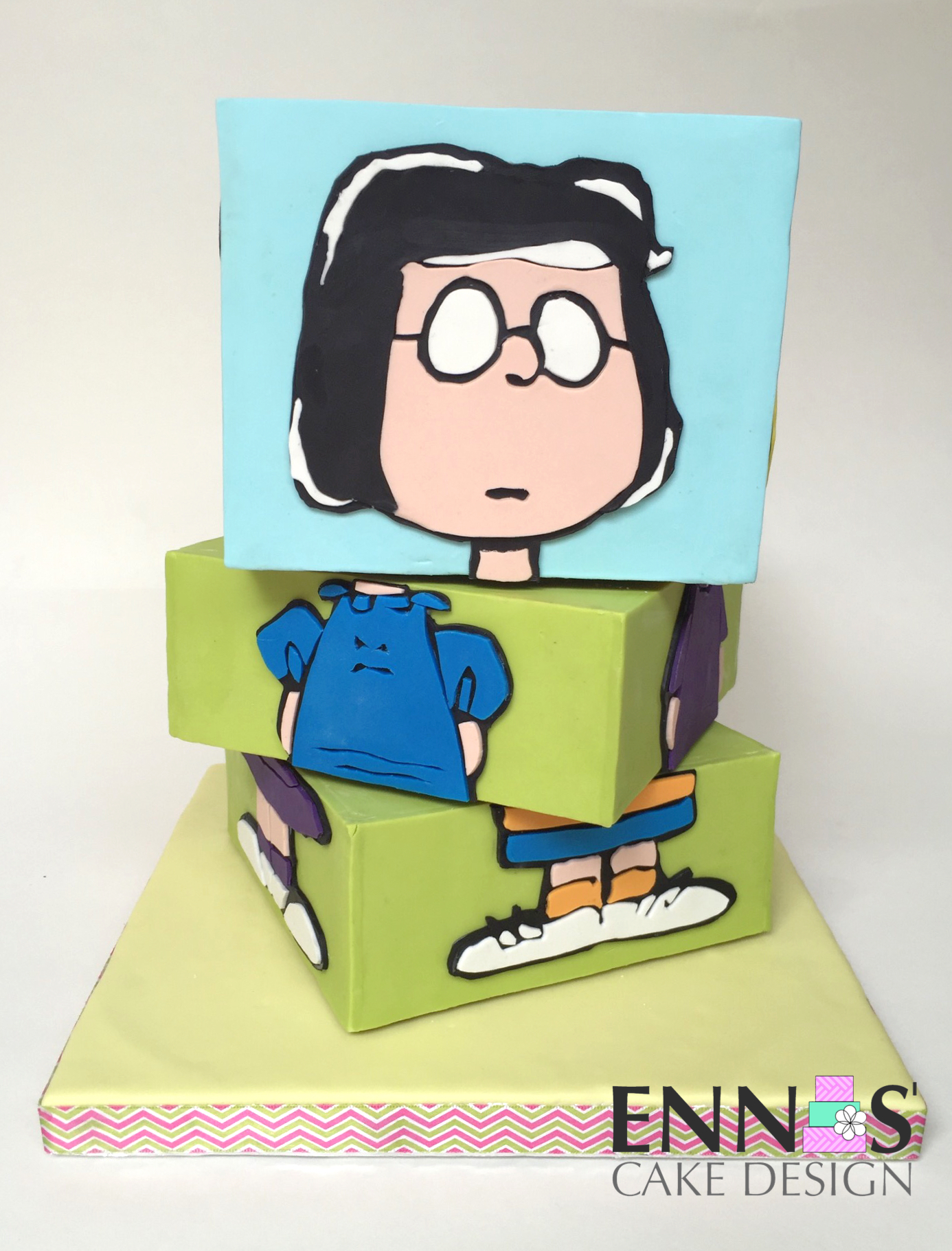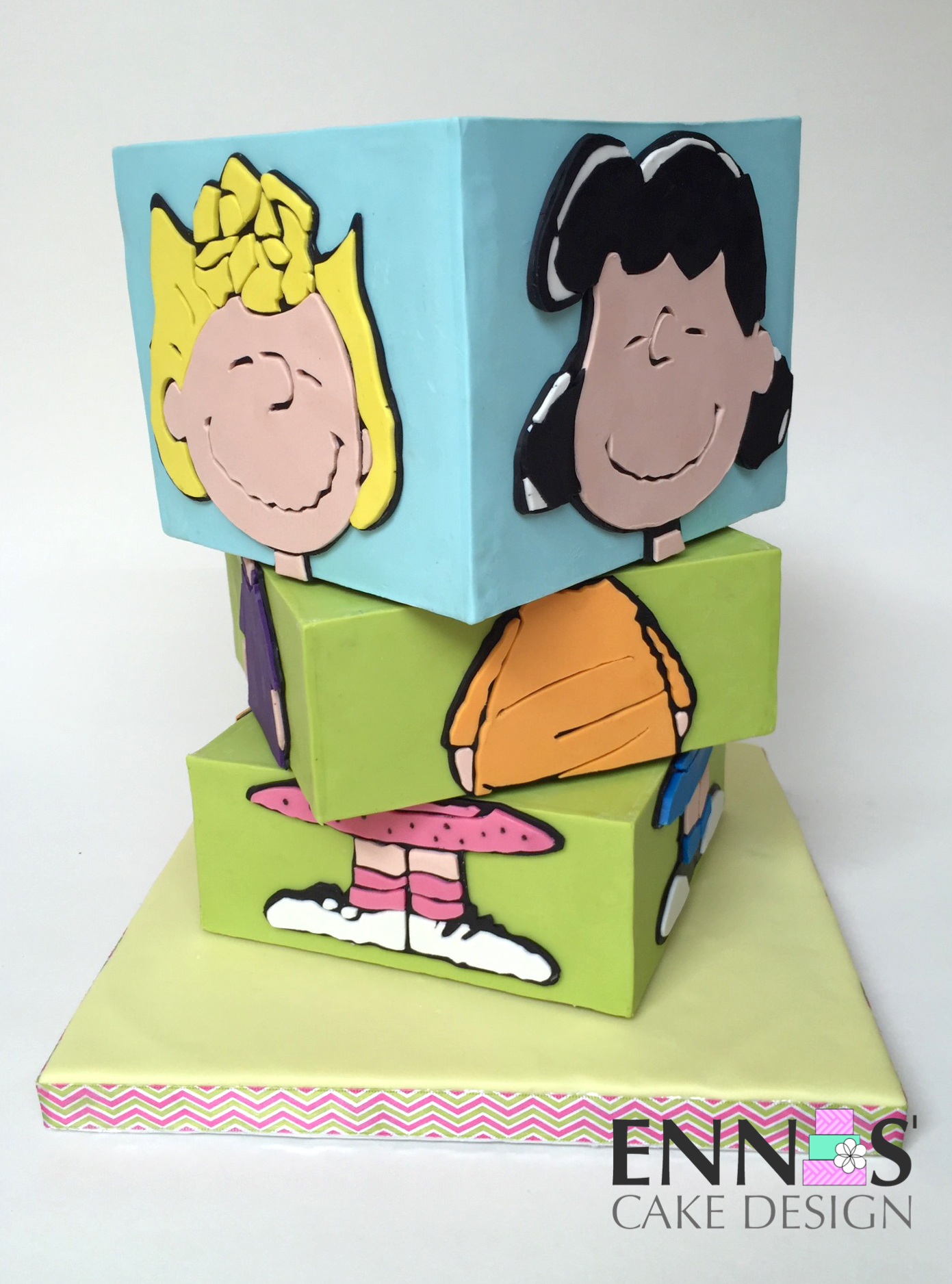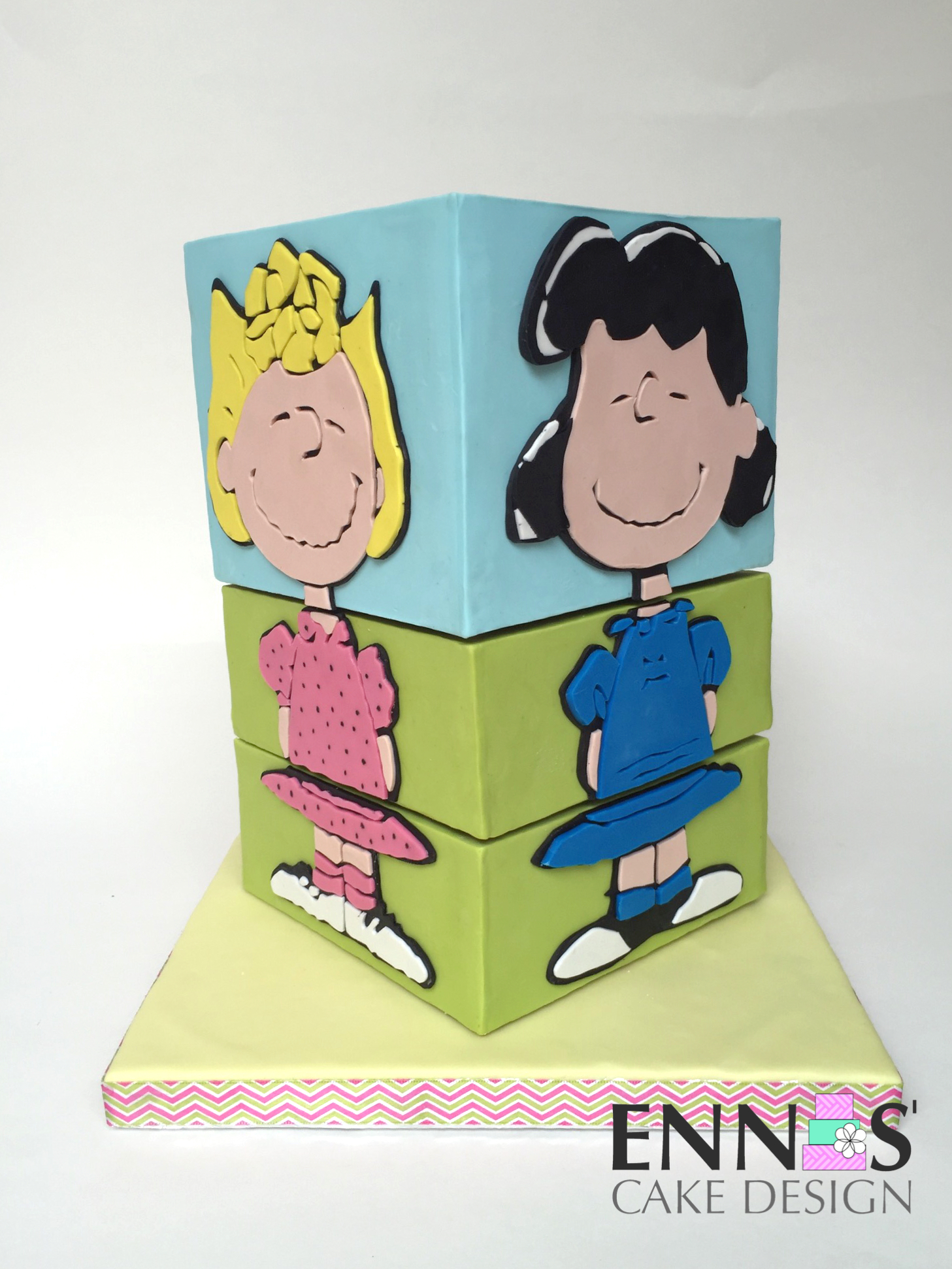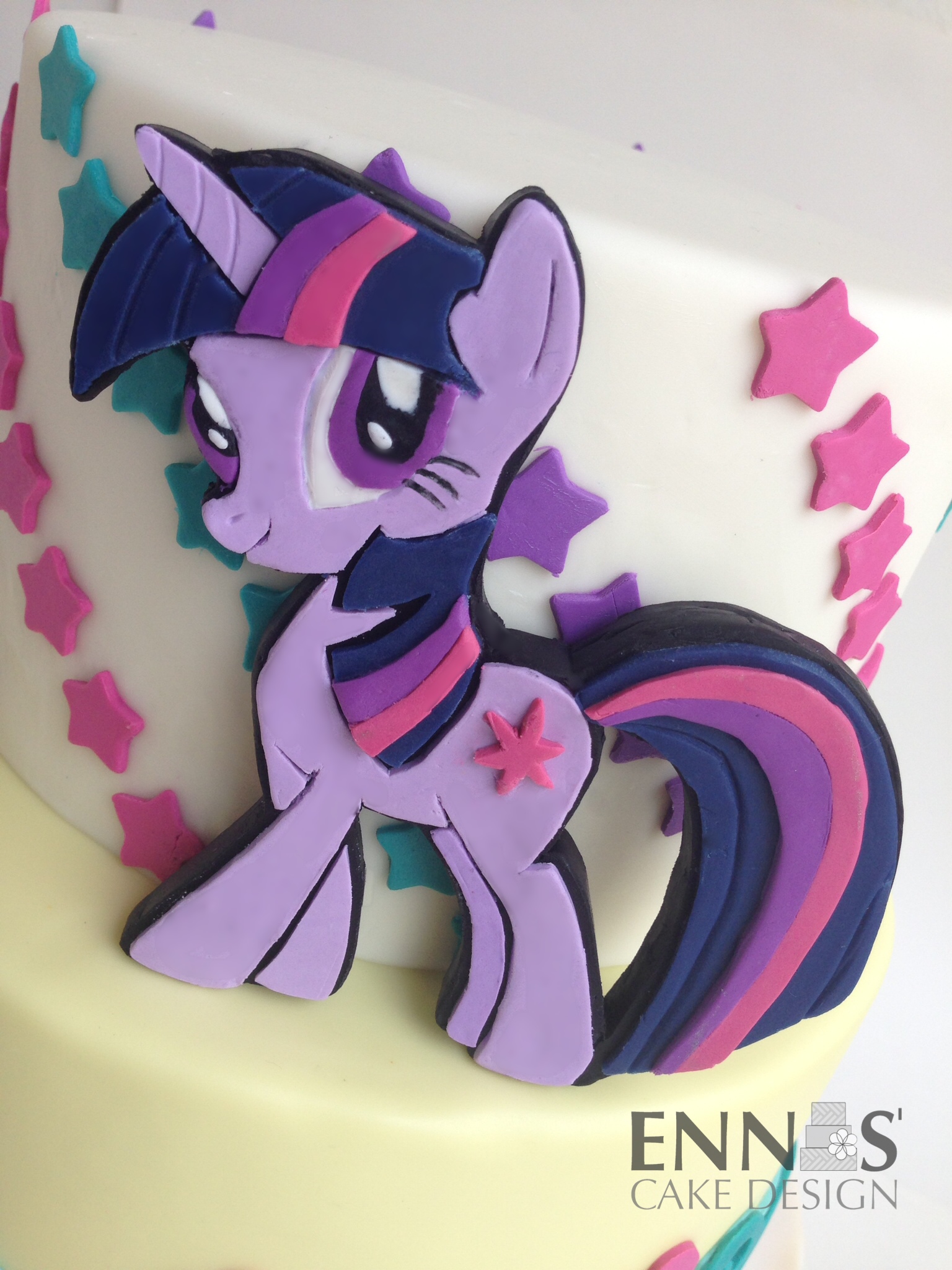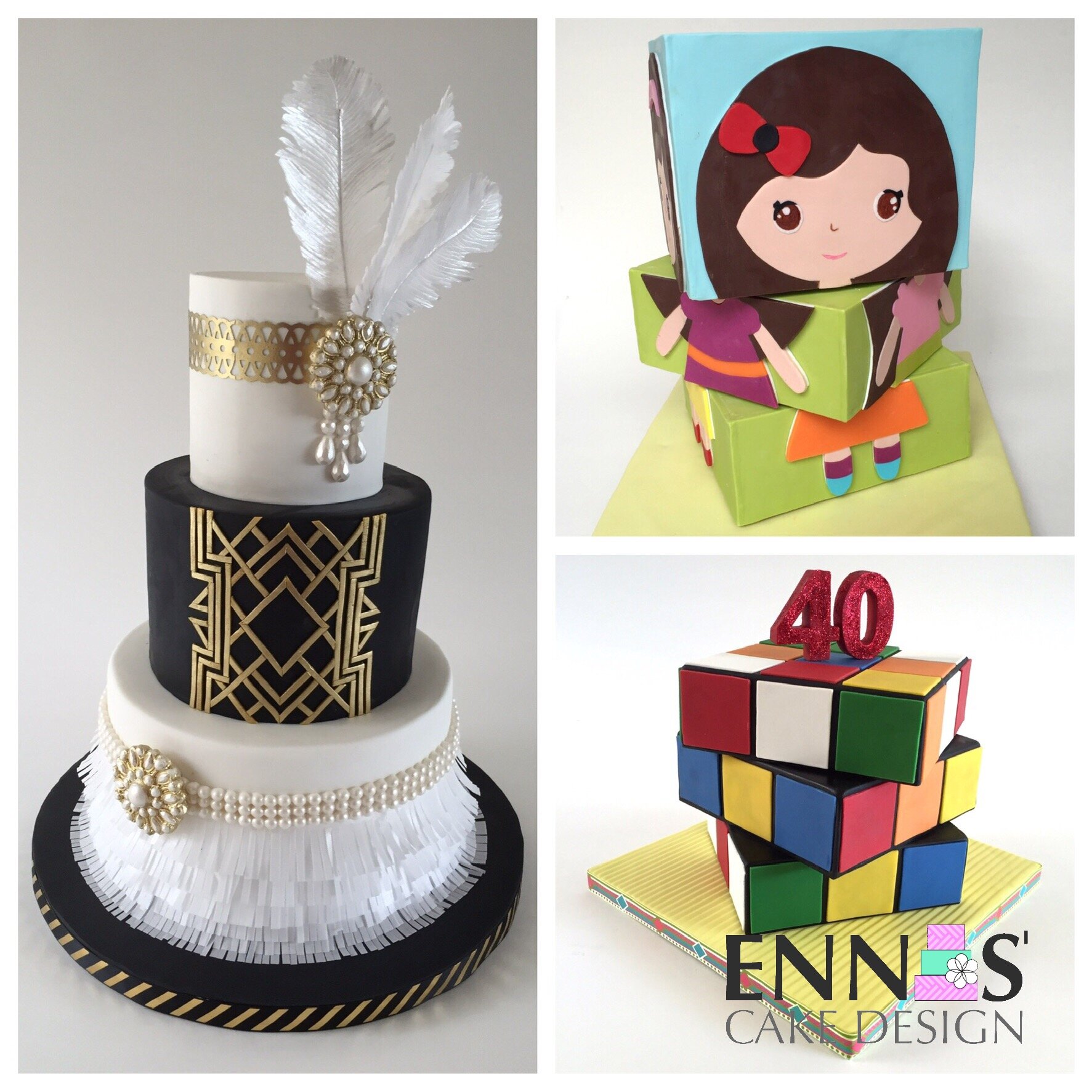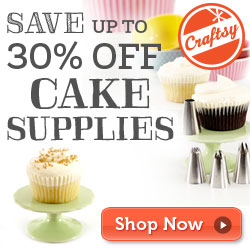A while back I got an email from Cake Masters Magazine and I almost passed out, they wanted me to make the makeup case tutorial for their September issue. I was over the moon with that opportunity that it took me a while to realize the I had to make the cake for the tutorial the same week as my mom's birthday cake.
Makeup case to sewing kit cake
I had to come up with a way of making two cakes in the limited time I had. I didn't want to waste any cake and I couldn't use styrofoam for the tutorial, using real cake was a must. That's when I decided to make two cakes in one or should I say two different designs on one single cake.
That's how the Idea of turning the make up box cake into a sewing kit came to be. My mom loves sewing so a sewing kit cake was perfect for her birthday cake.
I only baked one cake and I only had to make the structure and board once. The only extra work was making the decorations for each cake but for sure was less time than making two whole cakes from start to finish.
Of course I couldn't resist the chance of filming the whole transformation, now you can see it too.
You can get you copy of the makeup case tutorial here.


